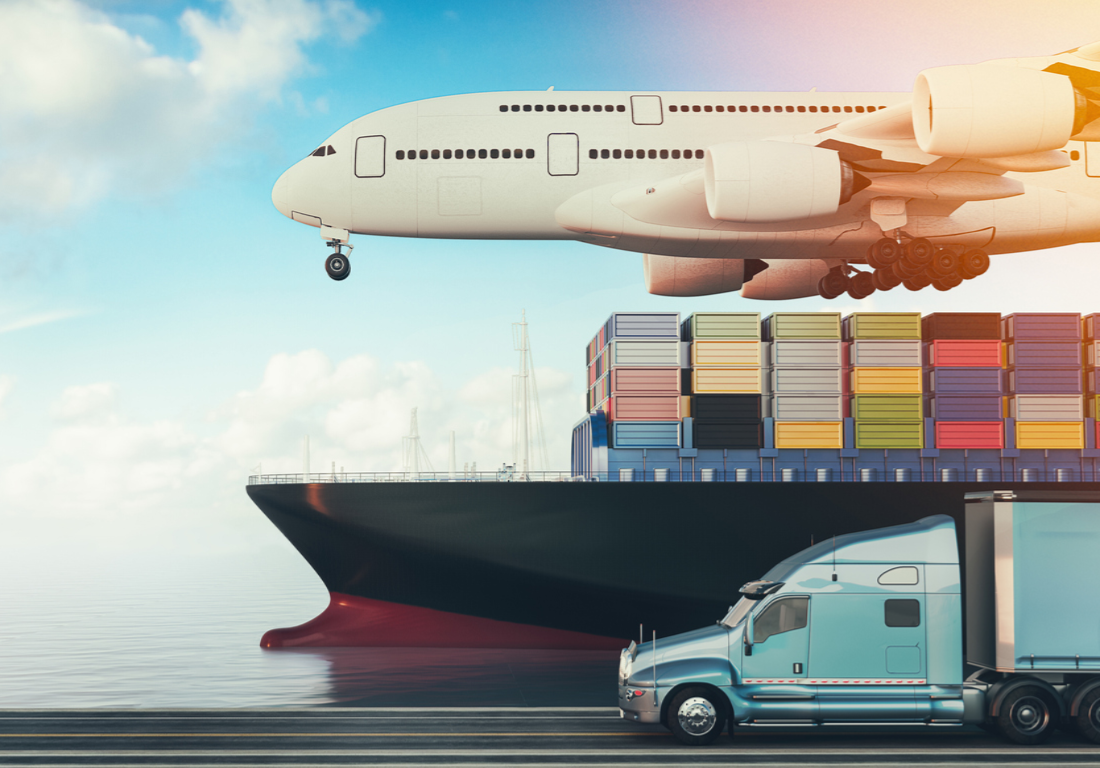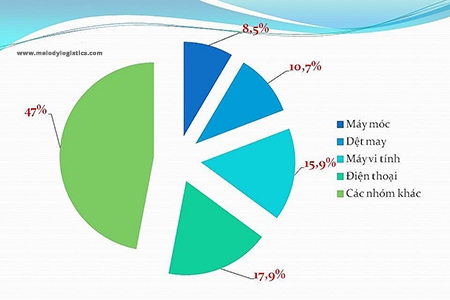Global freight flows after COVID-19: What’s next?
Published: 23/07/20
COVID-19 will likely affect trade more profoundly than any other recent crisis. Leaders with a well-informed perspective on potential trade scenarios can begin their recovery from a position of strength.
As we witness the global health community’s remarkably determined response to COVID-19, we have also observed actors in every area of the economy react to the current challenges with innovation. Global logistics is no exception. The pandemic will very likely hit global trade deeper and for longer than we have seen in other crises of the recent past. The extent of the disruption will vary by commodity, trade lane, and mode of transport, and it will be steered by local differences in the crisis’s severity. The nuanced nature of the crisis yields opportunities for logistics and supply-chain companies: to enter new markets, innovate on new service offerings, and position themselves against competitors. A detailed understanding of the impact of the crisis is vital for companies as they shift from thinking about emergency resolve and resilience to planning for the return.

Using granular trade-flow modeling, companies can understand their market position and risk exposure in the context of how trade lanes and commodities develop in the crisis. This approach should be combined with macroeconomic scenarios to develop and test strategies for crisis response, as well as next steps after the crisis. Thinking through the most likely scenarios and deducing which shifts in operational and commercial strategy are therefore required will put companies ahead of the curve as we go into the “next normal.”
A deeper, more prolonged impact on trade than previous crises
Our recent research with the McKinsey Global Institute estimates that global unconstrained trade demand could drop by as much as 13 to 22 percent in the second and third quarters of 2020. By contrast, the largest quarterly decline in trade volumes during the global financial crisis of 2008 was around 5 percent. The estimates for global trade development are rooted in nine scenarios, developed by McKinsey in partnership with Oxford Economics, that model the different paths the global economy may follow,1 based on assumptions around the efficacy of both public-health and economic-policy responses as well as how businesses and households react to these initiatives. Detailed supply-and-demand modeling by commodity indicates that the effect on global trade will be substantially larger than on global GDP (which, for comparison, is estimated to decline by 3 to 8 percent in 2020) and considerably longer. In the scenarios modeled, trade volumes will take 15 to 48 months to recover to fourth-quarter 2019 levels, and the value lost will be equivalent to 8 to 49 percent of total 2019 trade volume (Exhibit 1). Trade and logistics companies are already feeling the consequences, with several road, air, and ocean transport companies reporting large dips in volumes versus the same period last year.
Source: www.mckinsey.com





